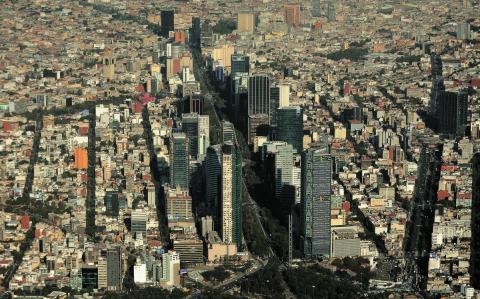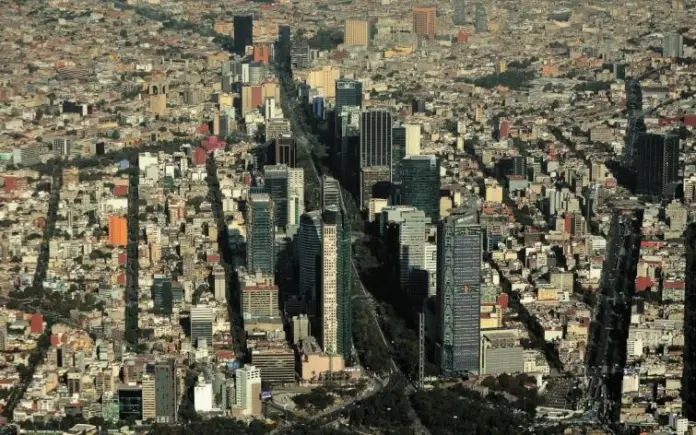
The real estate sector in Mexico City faces a complex scenario with a drastic drop in the profit margins of residential projects, which impacts the construction of new properties and draws a challenging future to reduce the housing deficit.
According to Jorge Combe, general director of the proptech DD360, the return on investment of residential projects in the Mexican capital was reduced by around 60%, going from between 15 and 20% before the Covid-19 pandemic to 7% so far in 2024.
“Real estate developers have gone through a very tough time in the last five years. The changes in government, the pandemic, inflation in materials, the rise in rates and the time it takes for permits, all this has made the margins quite moderate, even, many of them lose money,” he commented in an interview.
Based on data from the National Institute of Statistics and Geography (Inegi), the Mexican Chamber of the Construction Industry (CMIC) reported that inflation in residential housing construction in the city had an increase of 3.1% in August 2024, in its annual comparison. Machinery was the component that generated the greatest pressure, with a double-digit increase:
Materials: 2.2% annually.
Labor: 6.8% annually.
Machinery rental: 20.4% annually.
These elements have created a challenging environment for real estate companies, which has led to a decrease in investment in real estate development in Mexico City and a drop in housing supply that could worsen in the following years.
Regulation impacts
In addition to economic factors, there are regulatory strategies for the various aspects of the real estate sector in Mexico City. So far this year, the still head of government, Martí Batres Guadarrama, announced the Reform to Private Property and Law to establish a “cap” on rental prices in the capital.
“This can create significant nervousness for the development to be generated, the problem of scarcity of new projects could be exacerbated in the next 5 years, if it continues like this. Even so, the imbalance between supply and demand is so high, that there should not be any major inconvenience in terms of buyers,” said Combe.
Regarding the outlook for the new administration of the Mexican capital, the specialist stressed that it is difficult to predict that housing construction can be reactivated in the short term, so years of greater housing deficit are expected, although also opportunities to boost the sector.
“We are facing a battered sector that is not in its best period. We would have to see two or three years of good absorptions and prices for developers to regain confidence and start investing again. If developers are encouraged in 2025, the results would be visible until 2030, with greater supply. It is a relatively long cycle,” he added.
Areas with the greatest supply
Today, the municipalities of Mexico City with the greatest availability of apartments for sale are Miguel Hidalgo (7,878 units), Benito Juárez (7,682), Cuajimalpa de Morelos (6024 units) and Cuauhtémoc (5,275 units), according to data from DD360.
On the other hand, Combe highlighted that the purchasing power of Mexicans has not increased at the same rate as property prices, so developers must adapt to the economic capabilities of their buyers.
“Location, size and proximity to services have become more relevant for home buyers. The city centres are appreciating much more than the rest, but it is more complicated to buy a property in these areas, so some people have had to adjust their size expectations. There is less and less room for square metres,” he said.
Source: eleconomista






